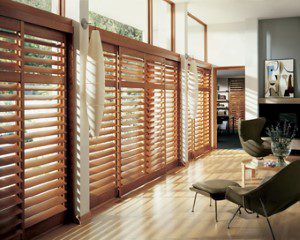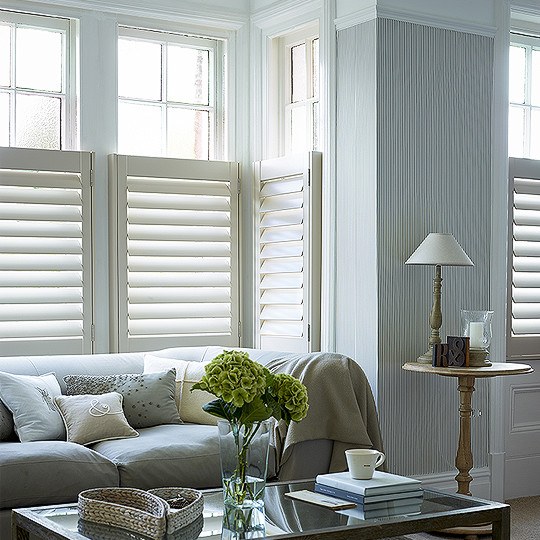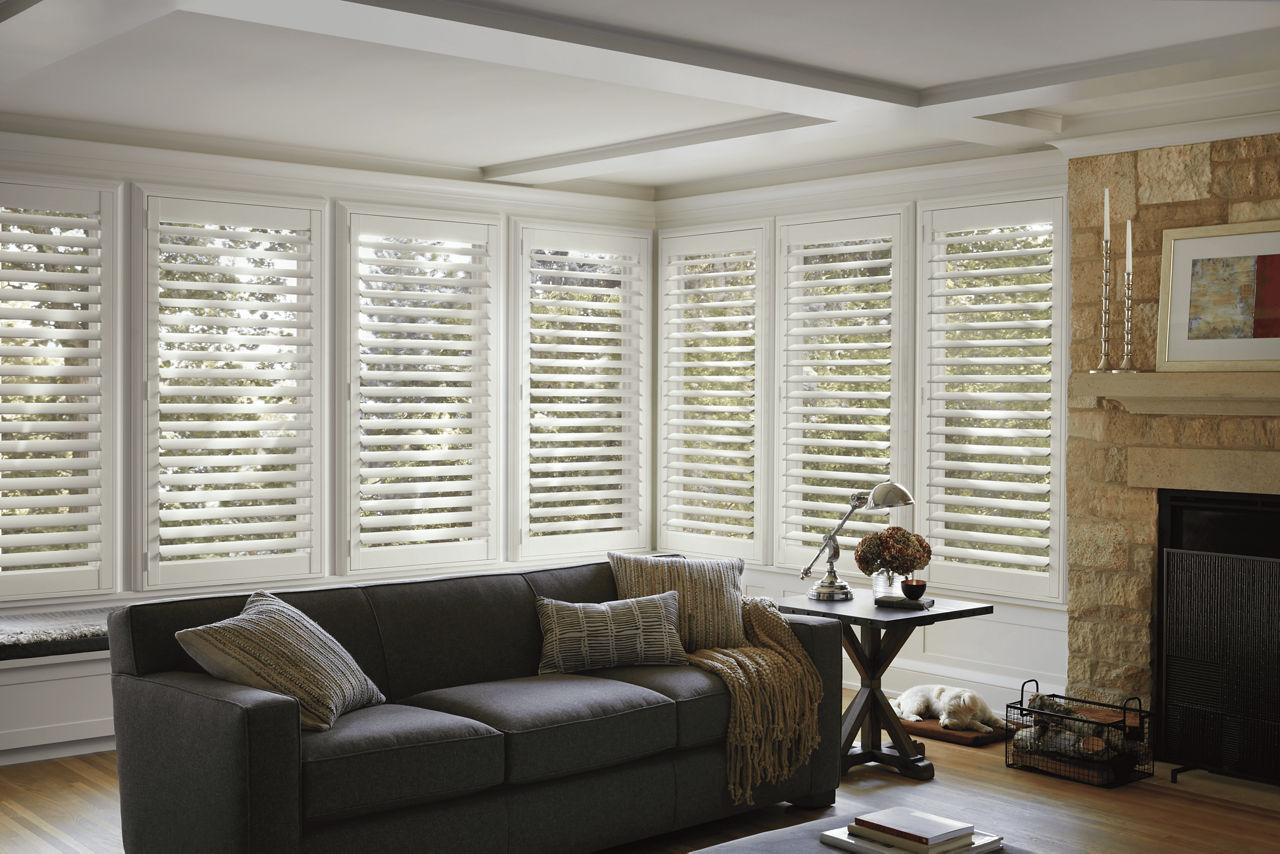Update with Shutters Phoenix: Durable and Sophisticated Layouts
Update with Shutters Phoenix: Durable and Sophisticated Layouts
Blog Article
What to Think about When Choosing Between Blinds and Shutters for Your Windows: An In-depth Analysis of Each Alternative's Advantages
Choosing the right window treatment is a decision that transcends mere looks; it incorporates functionality, upkeep, and long-term investment. Blinds offer a cost-efficient and versatile remedy, while shutters use unparalleled durability and style.
Secret Differences In Between Blinds and Shutters
Regularly, homeowners find themselves deliberating in between blinds and shutters when selecting window therapies. Comprehending the essential distinctions in between these 2 options can substantially influence their decision-making process.
Blinds are generally made from materials such as wood, fake timber, light weight aluminum, or plastic. Blinds are often more affordable, appealing to budget-conscious home owners.
On the other hand, shutters are solid home window coverings that can be custom-fitted to the home window structure. They are generally created from resilient materials like timber or composite, using an extra durable and long-term remedy. Shutters offer better insulation and can boost the general energy effectiveness of a home. In addition, they commonly require more upkeep and investment compared to blinds because of their construction and installation complexity.

Advantages of Blinds
Blinds supply a sensible and versatile service for home owners looking for reliable home window treatments. One of the key advantages of blinds is their adaptability to numerous designs and preferences.
An additional substantial benefit of blinds is their convenience of procedure. Several modern blinds featured easy to use mechanisms, consisting of motorized systems and cordless alternatives, making them easily accessible for all ages. This comfort is boosted by their capacity to give precise light control, enabling house owners to easily readjust the level of sunlight going into a space.
Blinds likewise use exceptional personal privacy alternatives, as they can be completely opened up, partly slanted, or completely closed, relying on the wanted level of privacy. Additionally, they are typically much more affordable than shutters, supplying an economical service without sacrificing style or functionality. Last but not least, maintenance is straightforward, as many blinds can be cleansed with an easy wipe-down, making certain that they stay an appealing function in any home for years to come.
Benefits of Shutters
Shutters offer an unique collection of benefits that make them an enticing choice for homeowners seeking resilient and elegant window therapies. One of the main advantages of shutters is their phenomenal resilience - shutters phoenix. Constructed from robust materials such as timber, vinyl, or composite, they are made to withstand the examination of time and stand up to damage from UV rays, moisture, and temperature fluctuations

Shutters additionally offer improved personal privacy and light control. House owners can conveniently change the slats to attain the desired level of brightness while preserving privacy from the exterior. Unlike blinds, which might this bend or droop with time, shutters keep their shape and performance.
Moreover, shutters can boost the value of a home (window shades phoenix). Their traditional visual and toughness charm to prospective purchasers, making them a worthwhile financial investment. In summary, the longevity, energy performance, privacy control, and possibility for boosted residential or commercial property worth make shutters a compelling alternative for window therapies
Visual Factors To Consider
When picking window therapies, aesthetic factors to consider play a crucial duty in improving the total style and atmosphere of a room. Both shutters and blinds supply distinctive aesthetic qualities that can complement various indoor designs, from modern-day to standard.
Blinds typically offer a sleek, minimalist look, easily available in a variety of products and shades. This adaptability enables house owners to collaborate blinds with existing decoration, creating a unified look. Their vertical or horizontal slats can add a contemporary side, making More hints them suitable for city setups.
On the other hand, shutters emanate a timeless elegance that boosts standard and rustic interiors. Their strong structure and personalized surfaces, such as wood spots or painted options, stimulate a feeling of timelessness. Shutters can function as a statement item, drawing focus to the home window while offering a high end aesthetic.
Eventually, the choice in between shutters and blinds should show not only personal style but likewise the desired environment of the space. By carefully considering how each alternative aligns with the general layout vision, house owners can efficiently enhance their space's aesthetic allure, making certain a harmonious and inviting atmosphere.
Price and Maintenance Elements
When selecting in between blinds and shutters for window therapies,Cost and maintenance are essential elements to take into consideration. Blinds are usually more budget-friendly, with a vast array of choices available at various price factors. Fundamental textile or plastic blinds can be quite budget friendly, while premium products like timber can raise the expense. Installment is usually simple, commonly enabling do it yourself approaches, which might better decrease expenditures.
On the other hand, shutters have a tendency to bring a greater preliminary expense because of their personalized production and durable construction. This investment might yield long-lasting cost savings, as shutters are commonly more long lasting and require much less frequent replacement. They likewise supply remarkable insulation, possibly decreasing energy bills in time.
Blinds normally call for routine dusting and periodic cleaning, while shutters can be cleaned down with a moist towel for cleaning, making them much easier to maintain. Inevitably, the option in between blinds and shutters should stabilize both initial investment and ongoing maintenance needs to guarantee a sufficient return on investment.
Verdict

Blinds check my reference offer a versatile and cost-effective service, while shutters use unrivaled resilience and design.Expense and upkeep are critical facets to think about when selecting between blinds and shutters for window therapies. Blinds typically need regular dusting and periodic cleaning, while shutters can be wiped down with a damp cloth for cleaning, making them easier to maintain. Inevitably, the selection between blinds and shutters need to stabilize both preliminary investment and recurring maintenance needs to ensure a sufficient return on financial investment.
In summary, the decision between blinds and shutters pivots on various elements, including product make-up, style adaptability, and cost.
Report this page